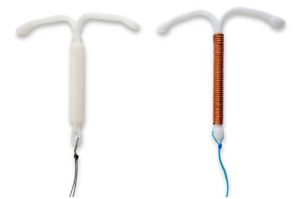Understanding IUD Removal
Are you considering IUD removal or have experienced challenges with it? Navigating healthcare procedures can be daunting, especially when it comes to something as personal as contraception. We aim to shed light on IUD removal to help you have a more comfortable and informed experience.

What is an IUD?
An Intrauterine Device (IUD) is a highly effective, long-lasting contraceptive option that is placed in the uterus to prevent pregnancy. There are hormonal and non-hormonal IUDs available.
Why Might You Need IUD Removal?
- Your IUD has expired. IUDs have a limited effective duration, typically ranging from 3 to 10 years, depending on the type.
- You wish to get pregnant.
- Unwanted side effects or complications.
- If you want to switch to a different contraceptive method.
IUD removal process
- Consultation with your GP or family planning clinic. They will discuss your reasons for IUD removal and assess your health and contraception needs.
- Removal Procedure: The actual removal of the IUD is a straightforward, in-office procedure. Your healthcare provider will use specialised instruments to retrieve the IUD from your uterus.
- Discuss pain management: Local anaesthesia or over-the-counter pain relief can help reduce discomfort.
- Post-Removal Care: After removal, you may have some cramping or a small amount of bleeding that may last several days after the IUD removal. It can take up to 3 months after the IUD removal for your normal menstrual cycle to return. If necessary, discuss alternative contraceptive methods.
Remember, open communication with your healthcare provider is key. Share your concerns and preferences to make your IUD removal experience as comfortable as possible.


